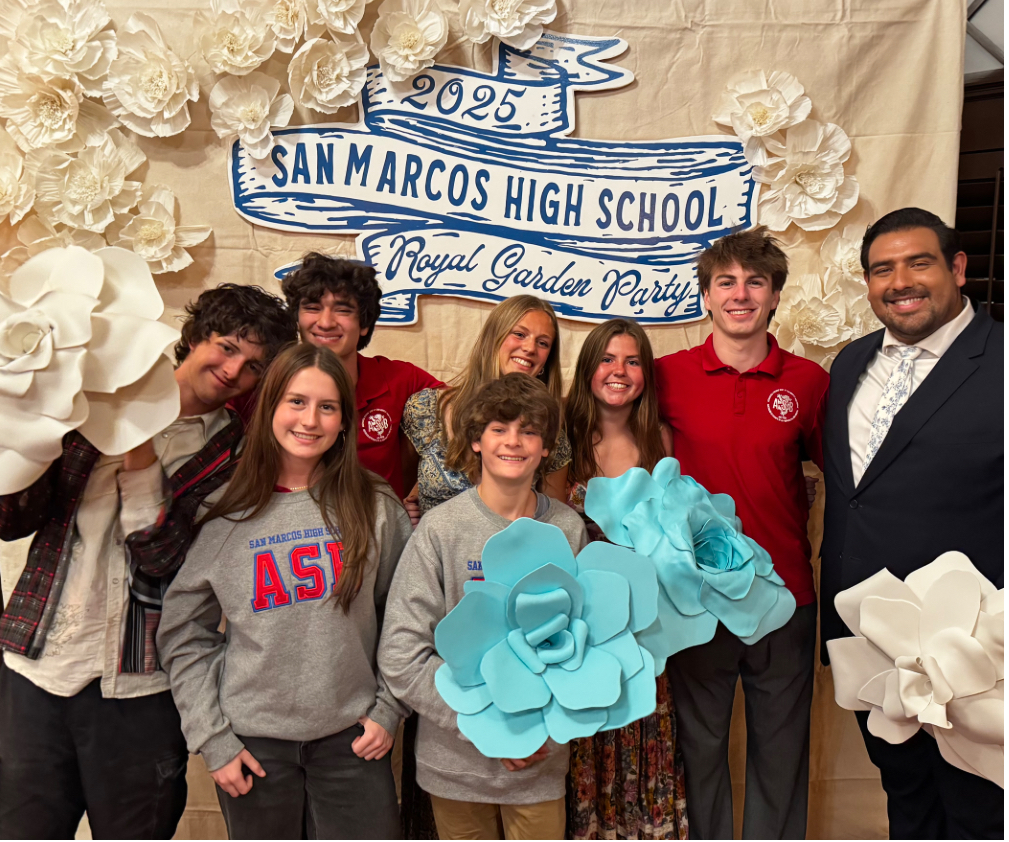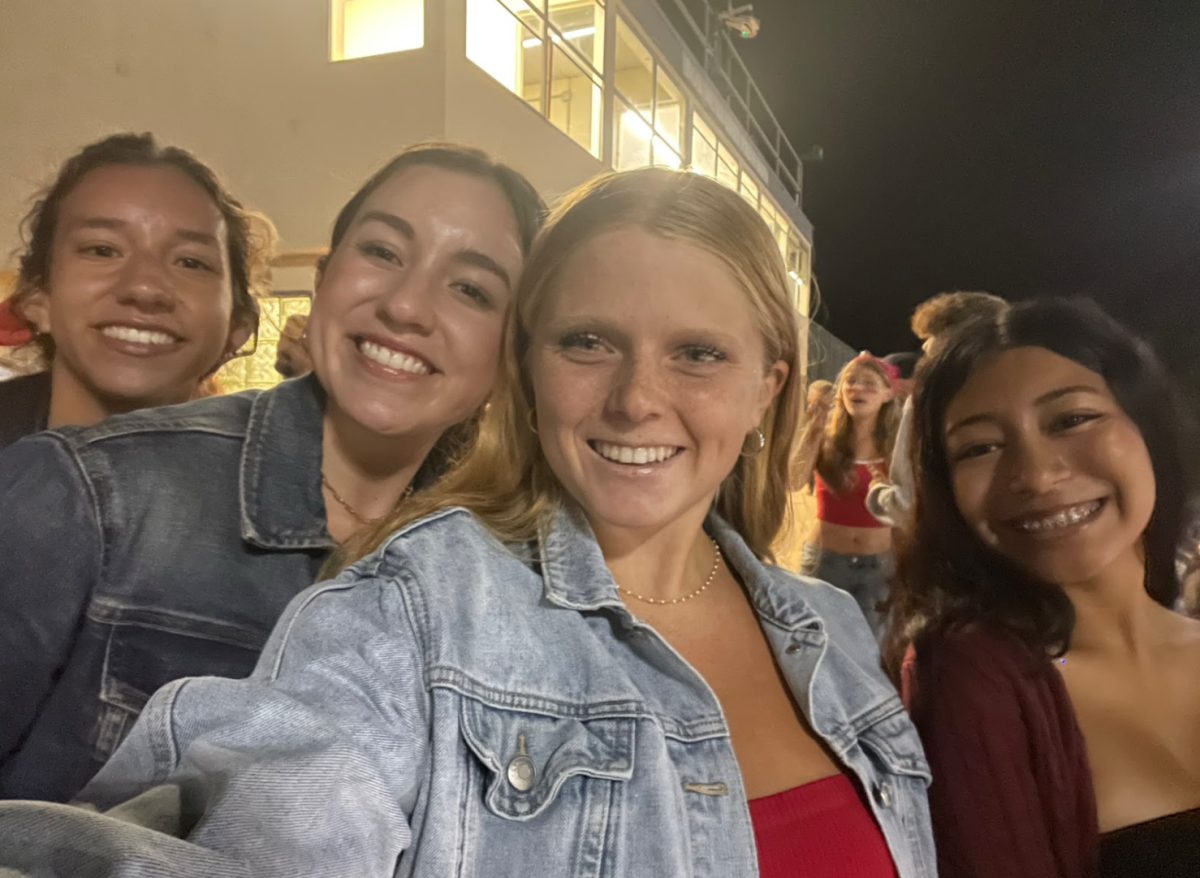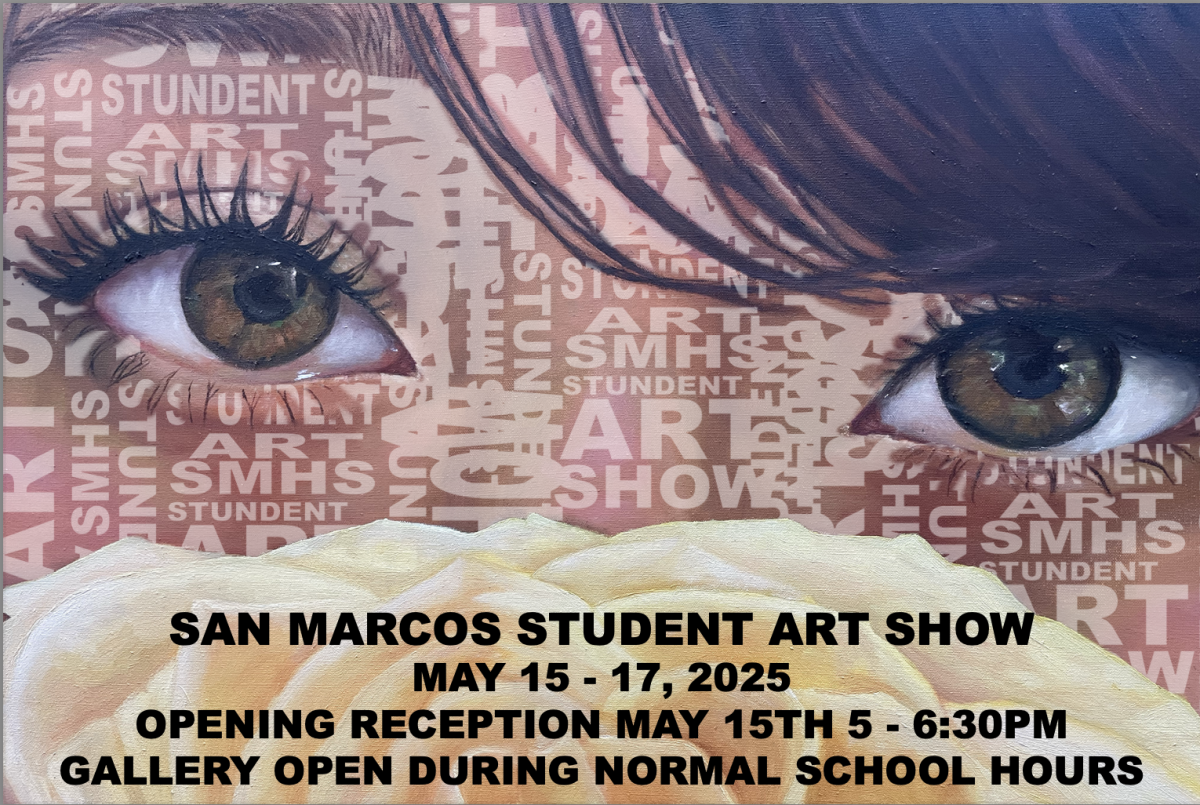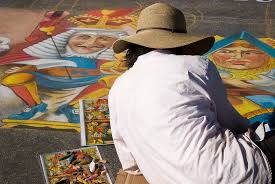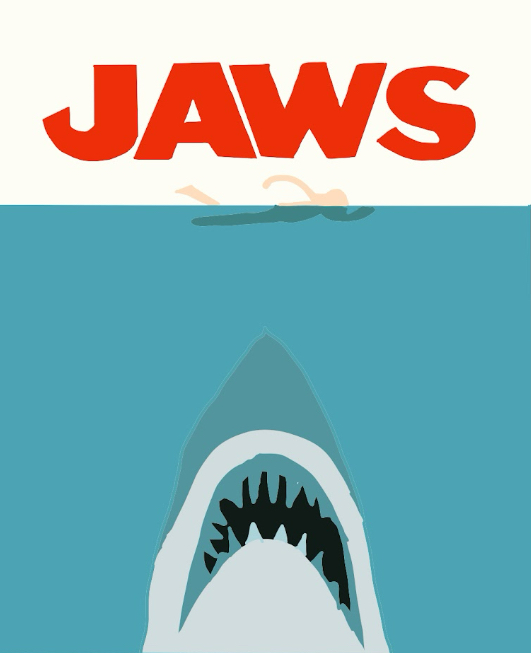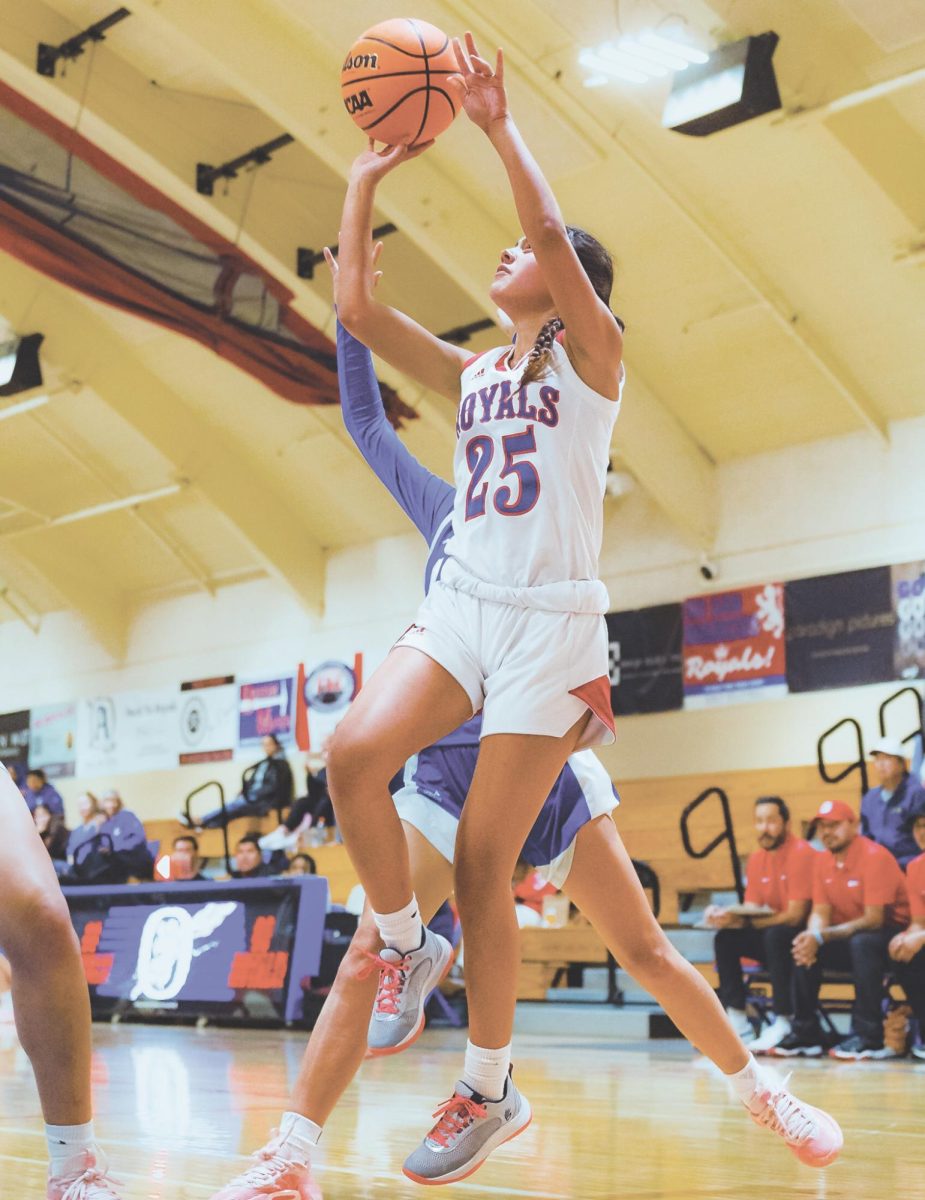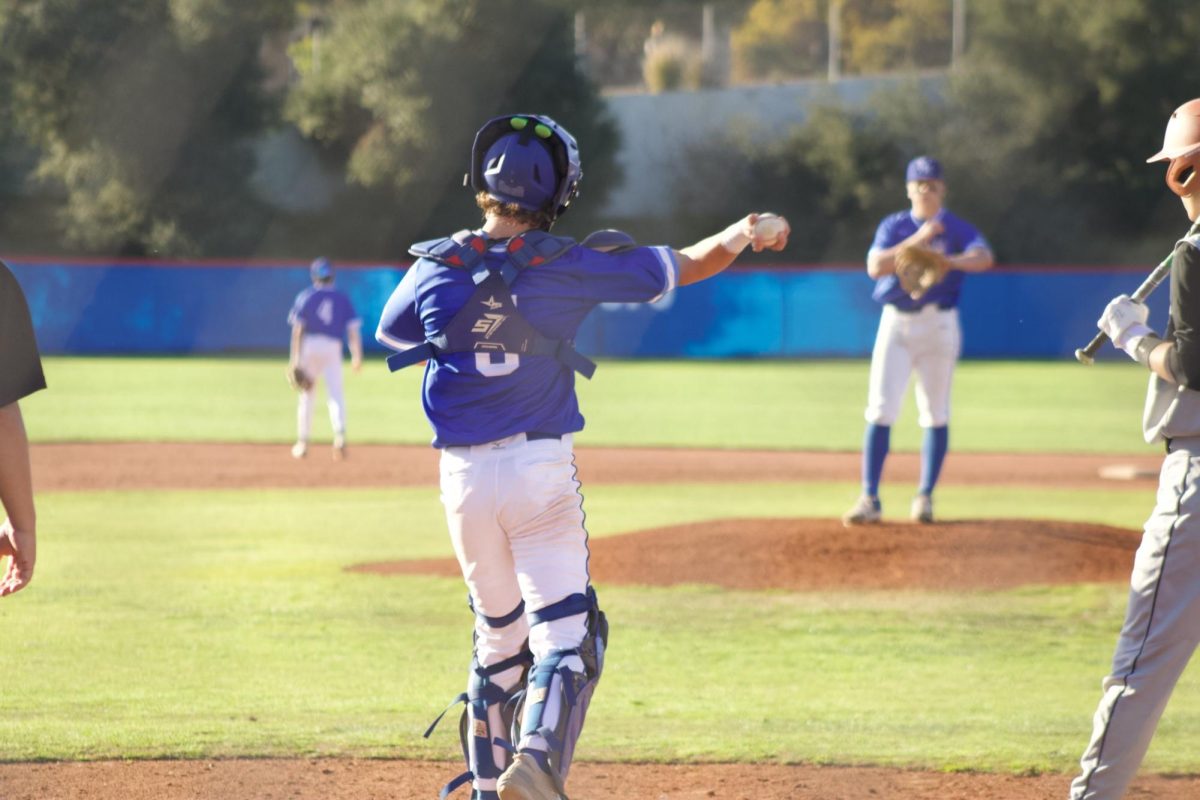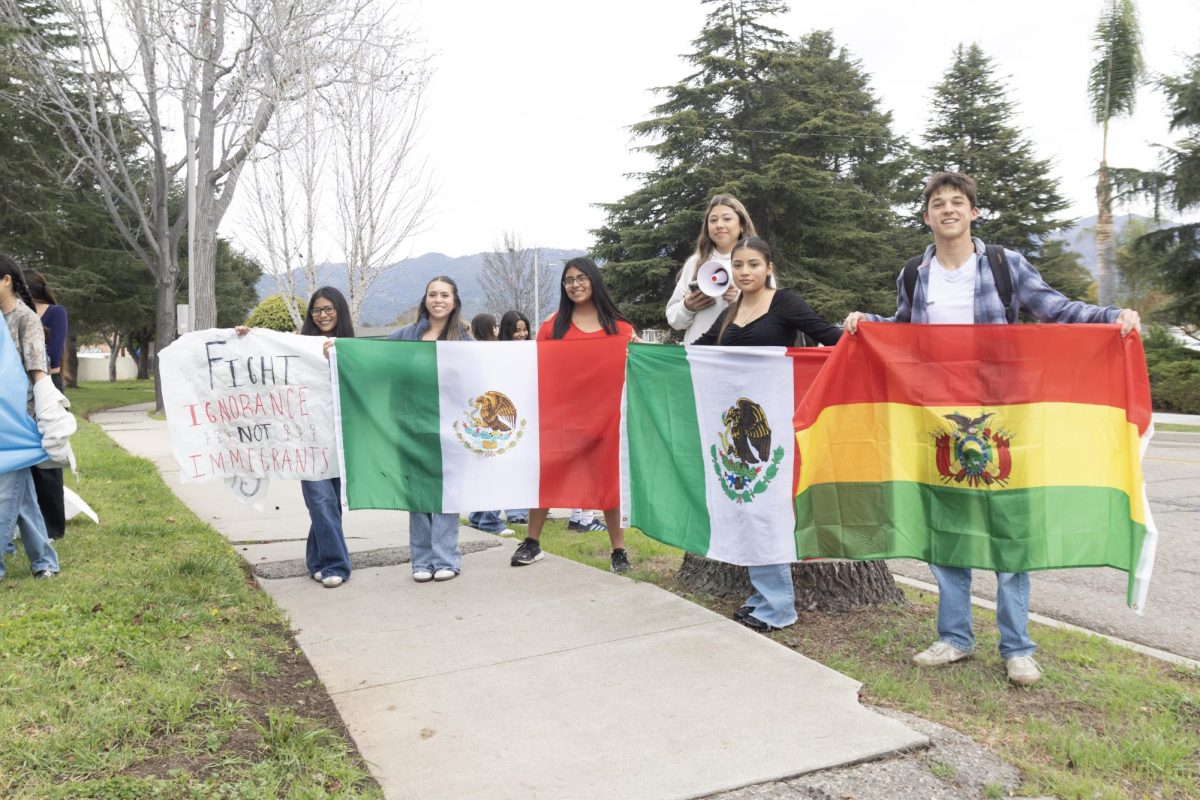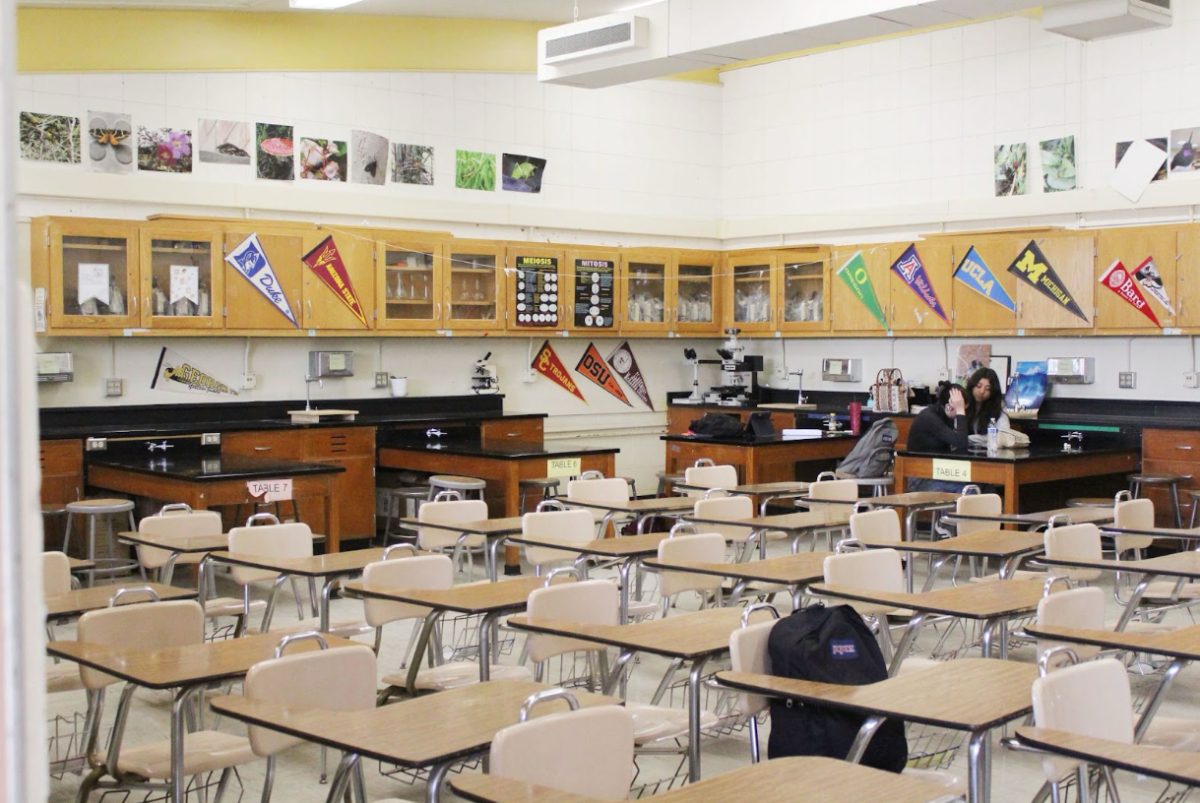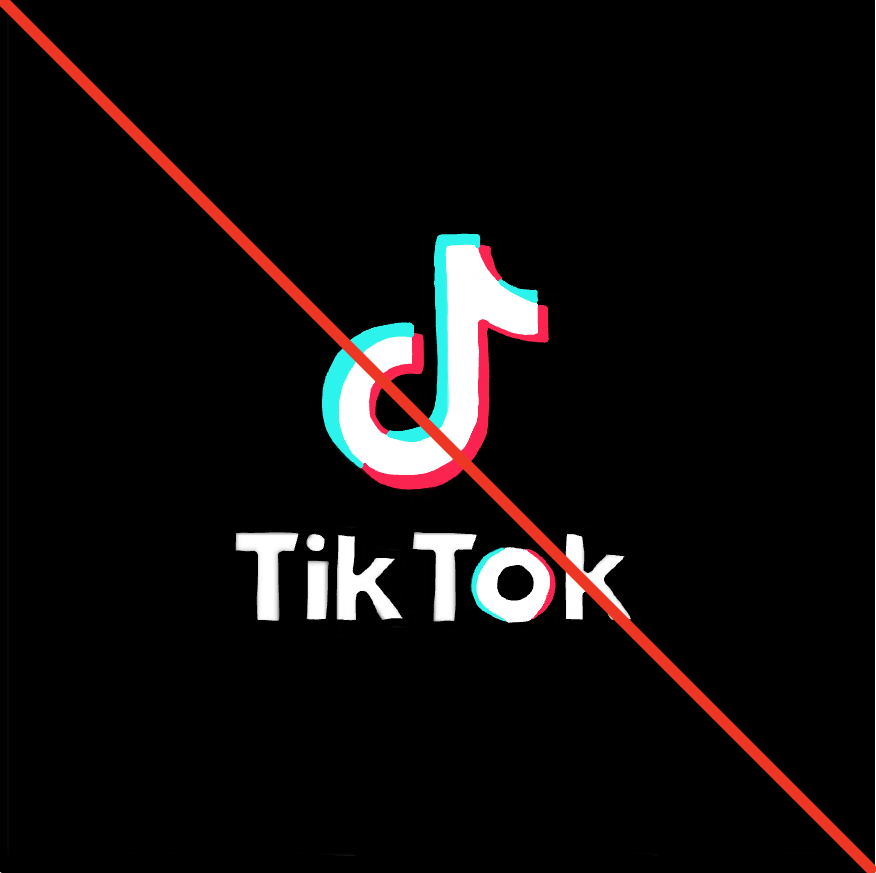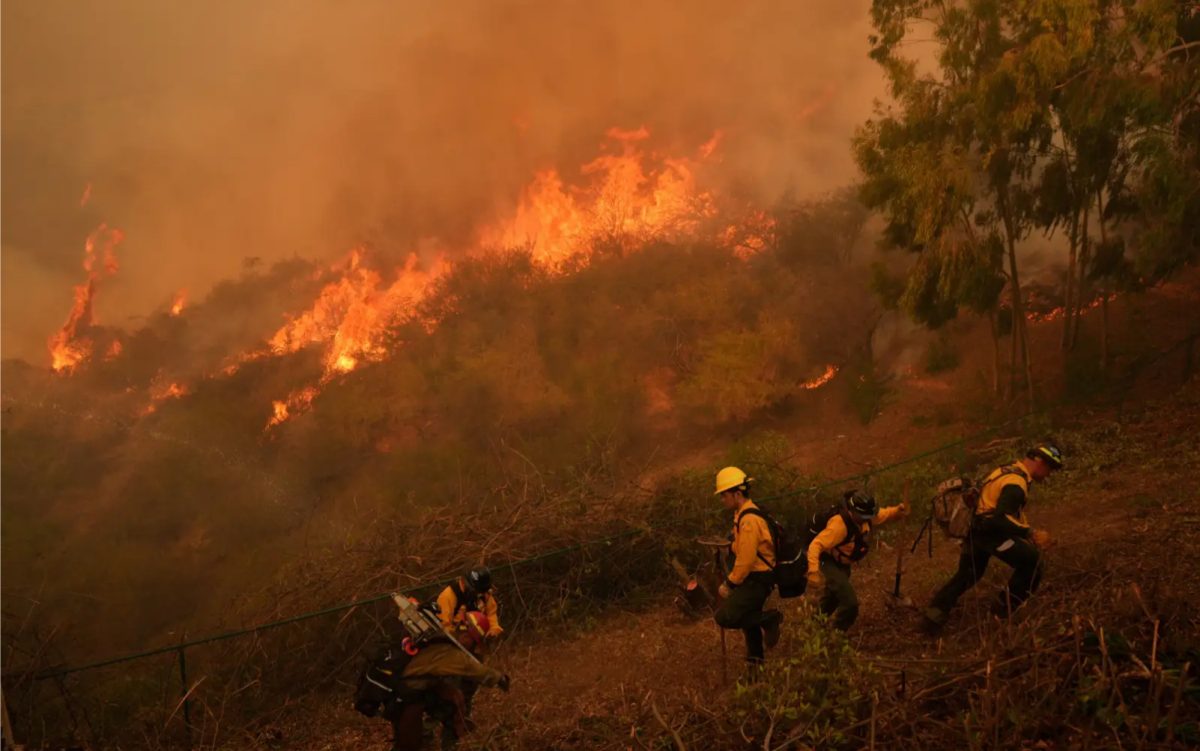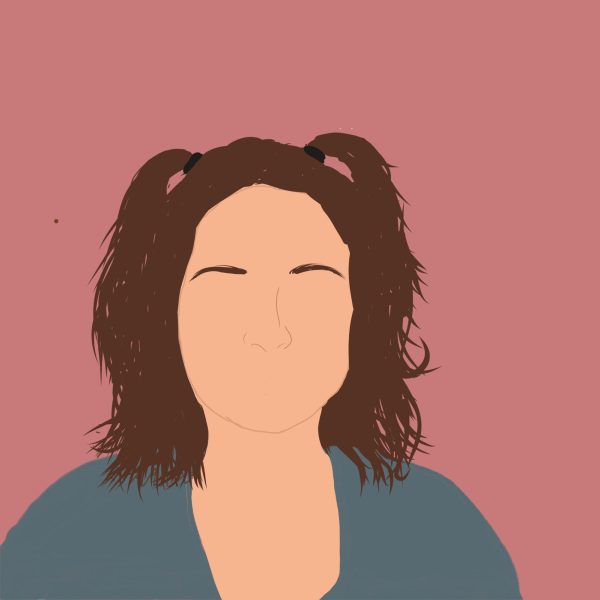The current Criminal Justice System in our country has been in place since 1870 and the creation of the Act to Establish the Department of Justice. Despite being a relied-upon system that works for a large range of crimes in our country, there are still issues in the current criminal justice system that hurt the individuals involved. The U.S. continues to incarcerate at staggering rates. Due to the high costs that go into incarceration and prosecution, there is a clear inefficiency in the current Justice System. According to the Prison Policy Initiative, “With nearly two million people behind bars at any given time, the United States has the highest incarceration rate of any country in the world.” A percentage of these incarceration rates are made up of juveniles to the point where about 49,000 youth are incarcerated in the U.S.
Across the country, those in the criminal justice system have started to become aware of a new approach known as Restorative Justice. In Santa Barbara, there has recently been a Restorative Justice initiative established by a nonprofit in the area for juvenile cases. What happens to juveniles in our county’s Justice System relies on probation to determine. Recently, Santa Barbara county has adopted Restorative Justice for certain juvenile cases. The SBTLC or Santa Barbara Teen Legal Clinic is a nonprofit that originated in Santa Barbara that provides pro-bono legal services for minors. The newly incorporated and approved Tara Haaland-Ford Restorative Justice Project has started taking in cases and working on progressing further.
Restorative Justice brings in many parties from whichever incident is being disputed in something known as an RJ “circle.” What occurs in this circle is that the offender and the victim are able to discuss whatever incident occurred and come up with a plan or settlement for the harmer to complete in a set time period. For example, if the case was vandalism based, a part of the plan could be to pay for or fix whatever was vandalized. This way, there is an added aspect of accountability that is not as emphasized in usual court proceedings.
In the current Justice system, the simplest steps consist of a crime being committed, an arrest being made, the offender being prosecuted in court rulings, and if found guilty, the final step consists of corrections. The corrections portion in particular causes higher rates of recidivism as found by the California Department of Corrections and Rehabilitation, there was a 34.3% recidivism rate for youth in 2017. Recidivism is known as the tendency of an offender to commit further crimes after being released. Research from 2016 showed that “restorative approaches are a promising way to combat recidivism among youth and should continue to be implemented and evaluated”.
RJ, on the other hand, requires efforts from all parties prior to the final meeting, where the plan can be drafted. This is done through methodical conferencing where facilitators work with the different parties of the incidents in confidential settings to discuss what the party will want to say during the final meeting. The way that this process also differs is that it needs to be completely voluntary and will only be effective with a non-compulsory approach. This can be effective as mentioned by the University of Wisconsin-Madison Law School, by addressing the “dehumanization frequently experienced by people in the traditional criminal justice system” both from the offender and victim services aspect.
There has been a recent development in the SBTLC’s RJ Project as the year progressed. President of the nonprofit, Jody Kaufman said, “As far as our success, we are collaborating with Santa Barbara County Juvenile Probation and the Colleges of Law. We have been referred our first few cases from probation and the RJ circles are being scheduled and implemented. So we are at the beginning of our program, but our goal is to follow along the national RJ recidivism numbers by offering a diversion program away from traditional systems like probation and break the school-to-prison pipeline.”
“The future of the Tara Haaland-Ford Restorative Justice Project is to serve Santa Barbara County-wide (both North and South Counties) and then be a model for other RJ programs so that RJ is offered throughout California and the entire US,” said Jody Kaufman. With an increasing flow of cases, the hope of the Clinic is that there will be more and more influence of Restorative Justice on the overall Juvenile Justice system.
A recent report by Stanford Law School examined how currently “there are over 300 restorative justice programs throughout the U.S., operating in forty-five states.” Despite there being progress in this portion of Criminal Justice, in comparison to other countries across the world, the U.S has a high potential for further progression which is what the Tara Haaland-Ford Restorative Justice Project hopes to influence.
The Criminal Justice system is constantly modifying and regardless of issues or injustices that occur, every day there is a chance to improve the system we have. Restorative Justice is a new solution for the U.S. that could be the answer to potentially many issues with the structure of our criminal justice system, especially when it comes to keeping our youth away from incarceration. Even if Restorative Justice is not the only outlook for the future of Criminal Justice, it is a step in the right direction as it is one that brings accountability back into the judicial system. With new ideas like this one brought in, we are forced to empathize and understand more about issues we would normally overlook. The justice system is changing and allowing us to fix mistakes within it.


